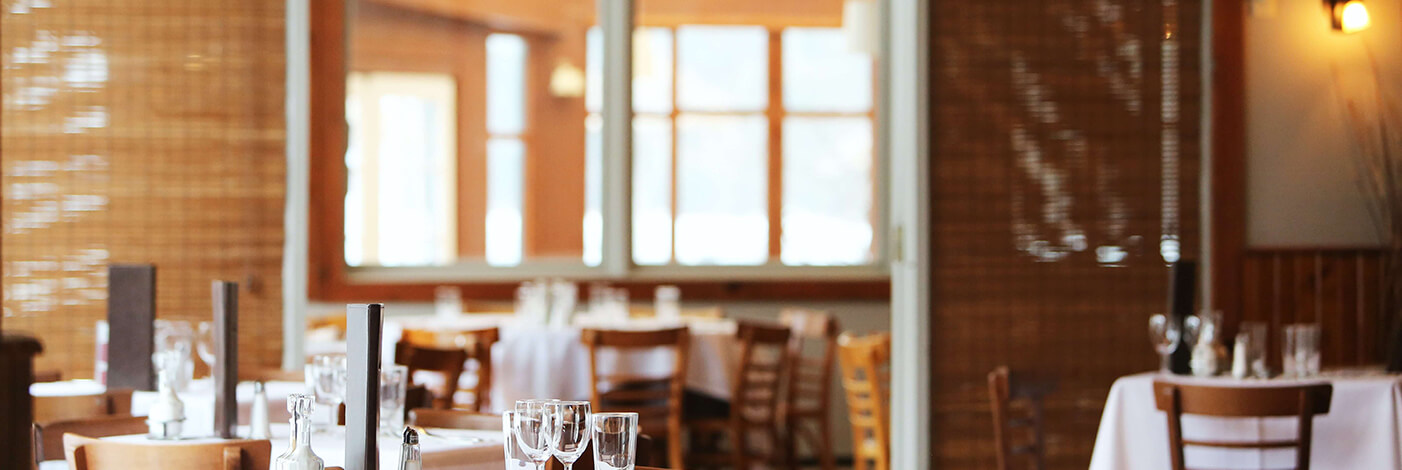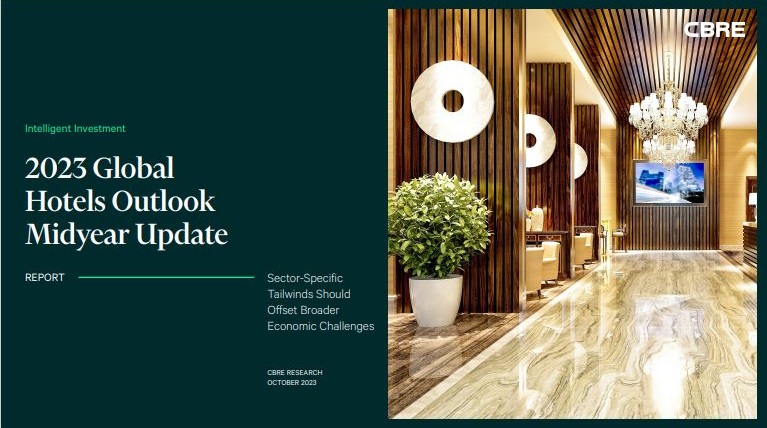It’s not as though the demand isn’t there: after months of lockdown most of us would jump at the chance to meet in a restaurant for dinner, escaping piles of pizza boxes, children climbing the walls and the deadening routine of living every day with COVID. But, of course, the pandemic has instilled deep seated (and well founded) apprehensions and anxieties in all of us, and they aren’t going away anytime soon: informed opinion suggest there won’t be a vaccine until the second half of next year…. and until then traditional dining models will continue to be bedevilled by customer indecision and apprehension.
So despite restaurants being cleared to open after lockdown, and despite taking extensive (and expensive) steps to meet newly introduced COVID restrictions (deep cleaning, social distancing and added health checks), this unprecedented level of apprehension and anxiety means customers may still not be ready to come back in the numbers required. And if they don’t…what happens then?
Just think about it for a moment. The average profit margin for a full service restaurant on the subcontinent is 22%, which pretty much means it has to run at (historic) full capacity just to keep going. And that’s precisely what COVID restrictions won’t allow it to do: social distancing inevitably means significantly reduced diner density and even though Plexiglas shields can restrict the reduction, it won’t be by much. The post COVID restaurant will have 30% lower footfall, with the same overheads, turning an already tight profit margin into a day to day operating loss of up to 8%...just to keep the restaurant open on a day to day basis.
So, what’s the answer?
Well, you could begin by reducing your overheads, which inevitably means staff costs: currently running in India at between 15% and 18% (depending on how upmarket the restaurant is). The problem is the sector traditionally runs off very lean staffing levels, so even though overhead allocation is high, the number of cooks in the kitchen and waiters front of house is low in absolute terms. It doesn’t take much of a cut to cripple service levels completely.
If the existing model can’t be made to run profitably (and it can’t), it's time to change the model, and here’s a Three Point Programme to do it…
First, Expand and Optimise the Diner Segment by minimising those anxieties currently keeping customers at home: reinforce the strength of the menu and overall customer confidence in the outlet. Ironically the popularity of food delivery apps during lockdown may be the single most important pointer in this respect given a lot of existing demand has morphed into home consumption. The brands that did best online had small, simple menus with guaranteed (minimum) standards: pizzas, fried chicken and burgers, in other words the core of the branded QSR segment. Indian online delivery partners are capitalising on the change, moving from a 10% share of sales, to eight or nine times that. Full Service Restaurants need to learn from the trend, and they need to learn quickly.
Separate dine in and online menus should be created, with the online variant centered on a smaller number of minimum quality lines. The online menu can also act as a draw for customers to switch in time to dine in the restaurant, sure in the knowledge they can do so safely and be sure of food quality. And of course, not least important, online revenues will shore up that critical COVID slump in near term profit.
Second, Digital Technology: steps should be taken to reduce dining times and time spent interacting with staff, adding health assurance to the customer experience. Customers can be given app access to digital technology to order food in advance (possibly from home), reserving a table and then eventually paying remotely, all of which will avoid extended contact with staff at the restaurant: the customer will feel more confident and less apprehensive about the overall experience, helping build goodwill and increasing repeat business. Guest experience apps can also include inbuilt booking algorithms, which restaurants can use to manage table allocation and plan proper physical distancing and overall density levels in advance.
Third, The Menu: the new model menu will offer a more limited spread of key items, reducing density parameters and overall staffing levels (lets not forget staff have the same concerns about health assurance as their customers). So the kitchen will (sustainably) have fewer cooks too, with fewer waiters in front of the house, faster service, less inventory and, all importantly, reduced operating costs. Fewer variables mean better cash flow.
COVID will be around for the foreseeable future. Its time to build a new dining model that makes sure restaurants will be too…
Find out more about Eco Hotels
Red Ribbon Asset Management is the founder of Eco Hotels, the world’s first carbon neutral mid-market hotel brand, offering “green hospitality” as part of a progressive roll out across India which intended to take full advantage of current market opportunities on the subcontinent.
Article also published in the Economic Times.







